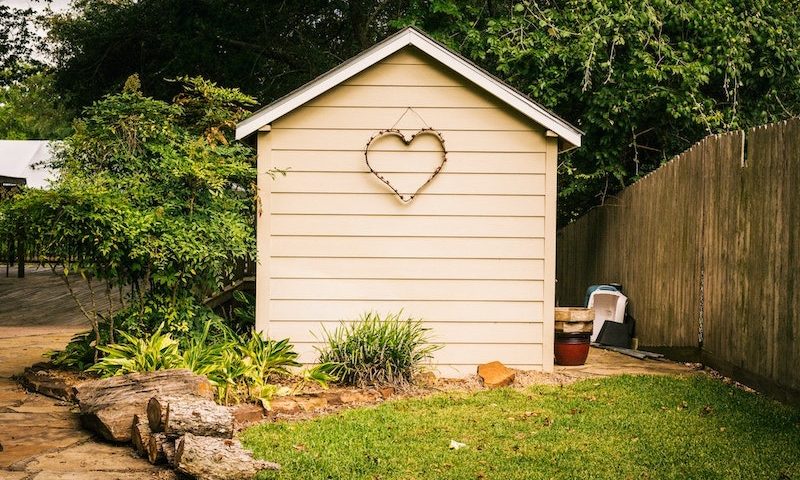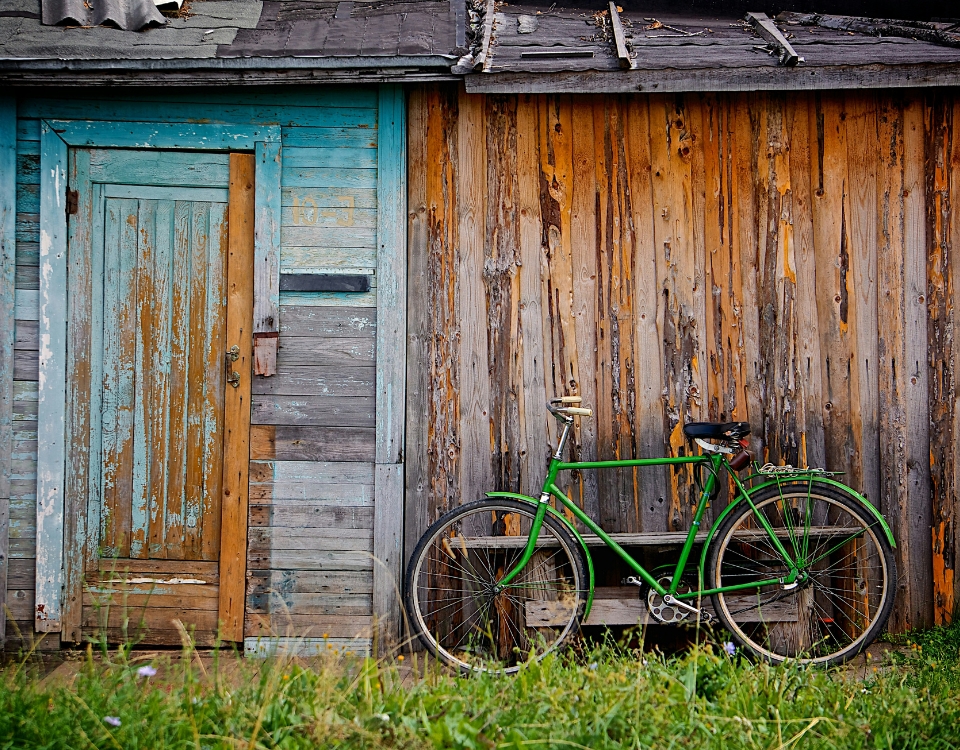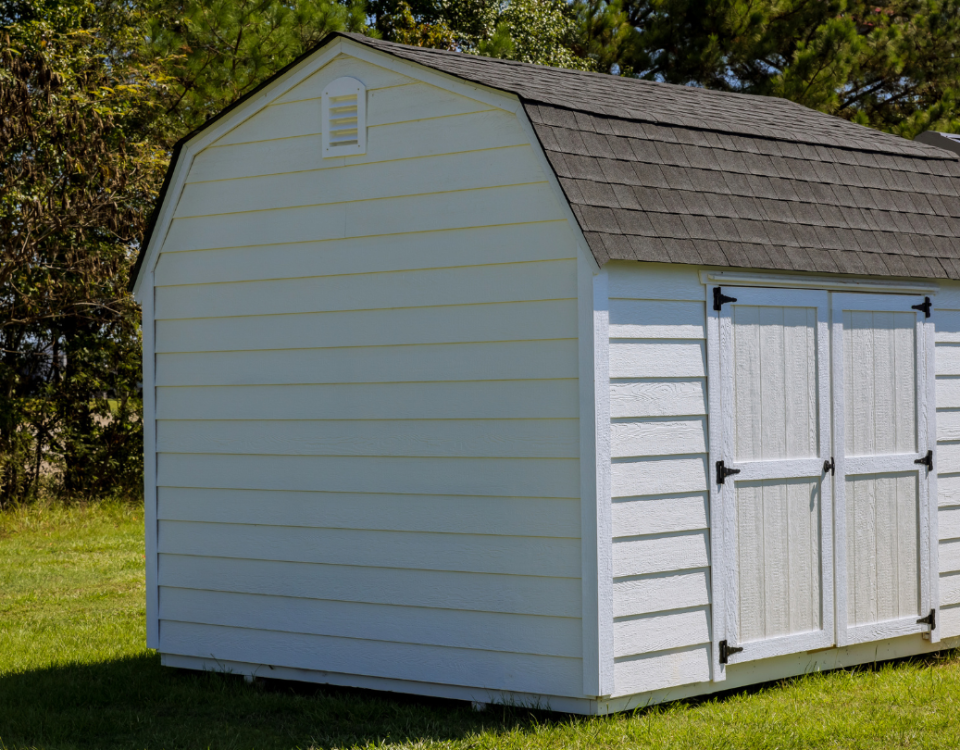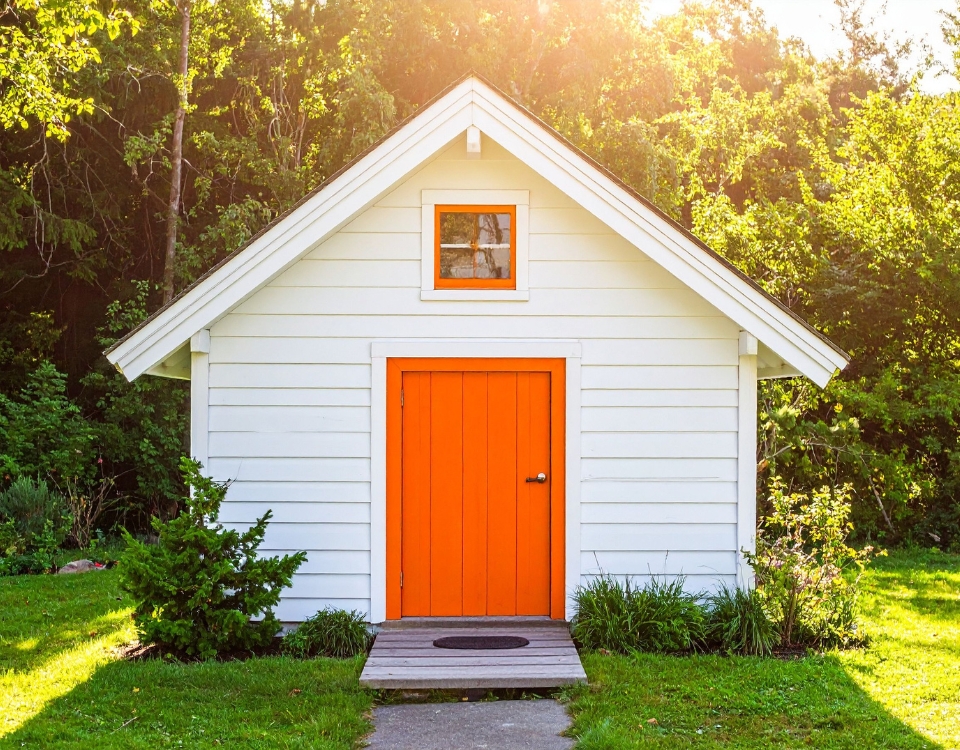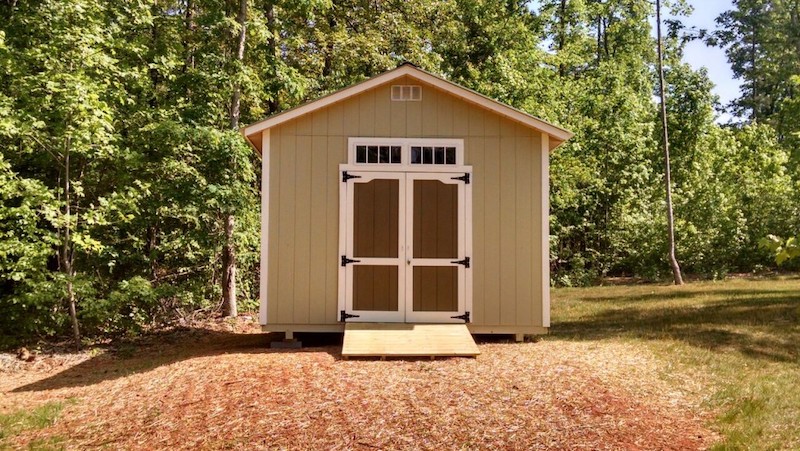
How to Secure a Storage Shed
March 24, 2020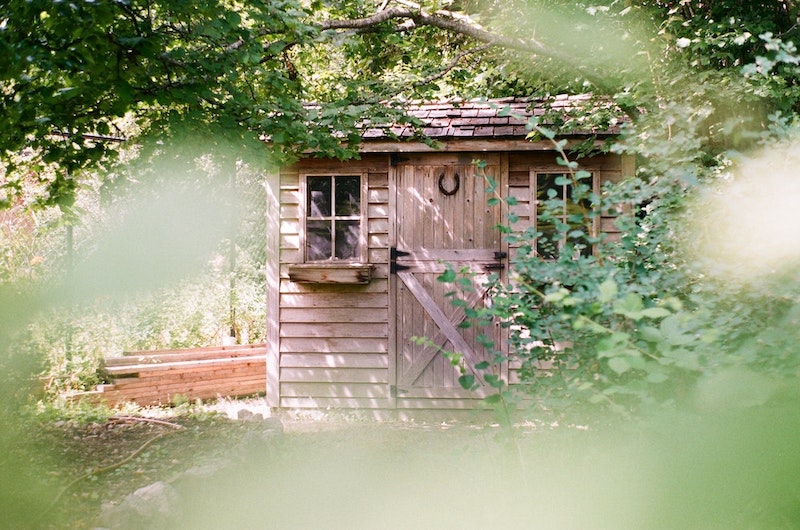
What Storage Shed Size Do I Need?
May 13, 2020Nothing adds instant storage to your property like a shed. In many ways, it functions as a secondary garage. There’s room for your tools, lawn equipment, not to mention you can use it as a studio or workspace. When you want a quality structure added to your property and you want it done quickly, nothing else works like a shed. But where should you put your shed? Sure, you might have a pretty good idea, but will be placing a shed in that particular location work? Before you start scheming up grand plans for your shed, you first need to know whether or not it will work in the desired location. When it comes to shedding placement in the backyard, we have all the tips and tricks to assist you in selecting the perfect spot for shed placement in backyard.
Tips for Shed Placement in Backyard
What Do You Want It For?
What is the purpose of your shed? Is it to house your lawn care equipment or do you want it as a studio? The exact usage of the shed will go a long way in determining the right placement.
If you want the shed to be used for lawn care, it is best to place it in an easily accessible location that will open up to the rest of the yard. If you have a large driving mower you’ll want to position it in a location that makes it easy enough to drive the mower into the shed.
On the other hand, if you want to use it as a studio you may want to position it so you pick up the most natural light. In this instance, where will you receive the might light over a day? Do you want to place it under a tree if the tree is just going to block off the light? All of this will impact where you should consider placing the shed.
Position Requirements
There are some local laws and ordinances you need to follow. The last thing you want to deal with is putting up the shed and then later finding out you have to take it down because it breaks some kind of local ordinance.
First, how close can it be to your property line? In some locations, you need to be at least 15 feet away from the property line. If you live in an area that has a Homeowners Association you will want to consult your HOA to see if there are specific guidelines. Typically the HOA will be stricter than city ordinances and laws, but you’ll want to check out both.
You’ll also want to consider how close the shed can be to your home. Some locations might require the shed to be at least 40 or 50 feet away, others allow the shed to be closer. The reason for all of these measurements is because sheds often house gas, chemicals, and other potentially explosive or flammable materials. You don’t want these items to be close to your home or someone else’s house.
Utilities
You’ll want to consult with your local utility providers to determine where utilities run within your property. If the power lines are above ground this is easier, but if the utilities are buried underground you will not be able to place your shed above the utility lines. There might be an instance where utility crews need to access the line and you do not want to have your shed sitting on top of it. So talk to your local utilities, such as the gas, electric, and water companies, to find out where the utilities are located.
Can It Be Installed Where You Want?
If you were to build your shed from the ground up there isn’t much of an issue with this. However, if you’re having part or all of the shed delivered in a prefabricated state, you’ll need to select an area of your property that can be easily accessed. If it is blocked off it won’t do you much good. If the shed cannot be delivered to your desired location you will need to have it constructed in place. This isn’t too much of an issue but it will increase the final cost of your shed, so before setting out to ordering a shed, make sure to keep this in mind.
Now, Decide On Your Shed Location
You will want to keep each of these measurements and placement requirements in mind. When you do it will likely reduce the available locations for your shed, but it may also help you pinpoint exactly where you want it to be. Sometimes it is possible to have too many choices, which is an issue. Instead, by following these steps, the choice for your backyard shed location might end up being made for you. It may also impact the overall size of your shed. If the property line is within 15 feet on one side and you have a utility line on the other you might be forced into a specific shed size.
Don’t worry though; our staff here at Barnyard Utility Buildings can help you determine the optimal placement for your shed as well as the right size for your needs and the kind of space you have. Whether the shed needs to be built on-site or it can be fabricated ahead of time and quickly installed, our staff is here to help. So give us a call and let us help deliver the perfect shed for your needs.
Your New Shed Awaits
If you’ve been considering a new shed look no further. Our staff here at Barnyard Utility Buildings is here to help you every step of the way for shed placement in the backyard. No matter the size of the shed or the kind of features you’re interested in, we are here to assist. So, whether you have questions about potential shed placement or are ready to place an order, call or email us today. Our expert staff of customer service representatives is here to help you through the entire process.
Proudly serving customers across North and South Carolina including Concord, NC, Huntersville, NC, Clover, SC, Rock Hill, SC, and beyond.


